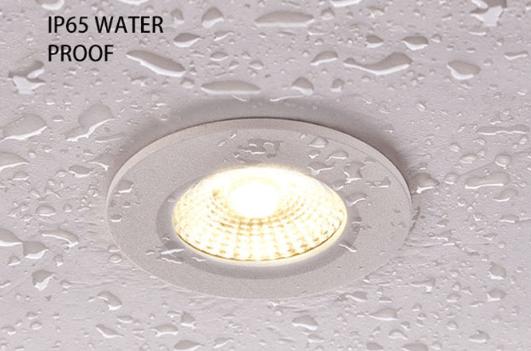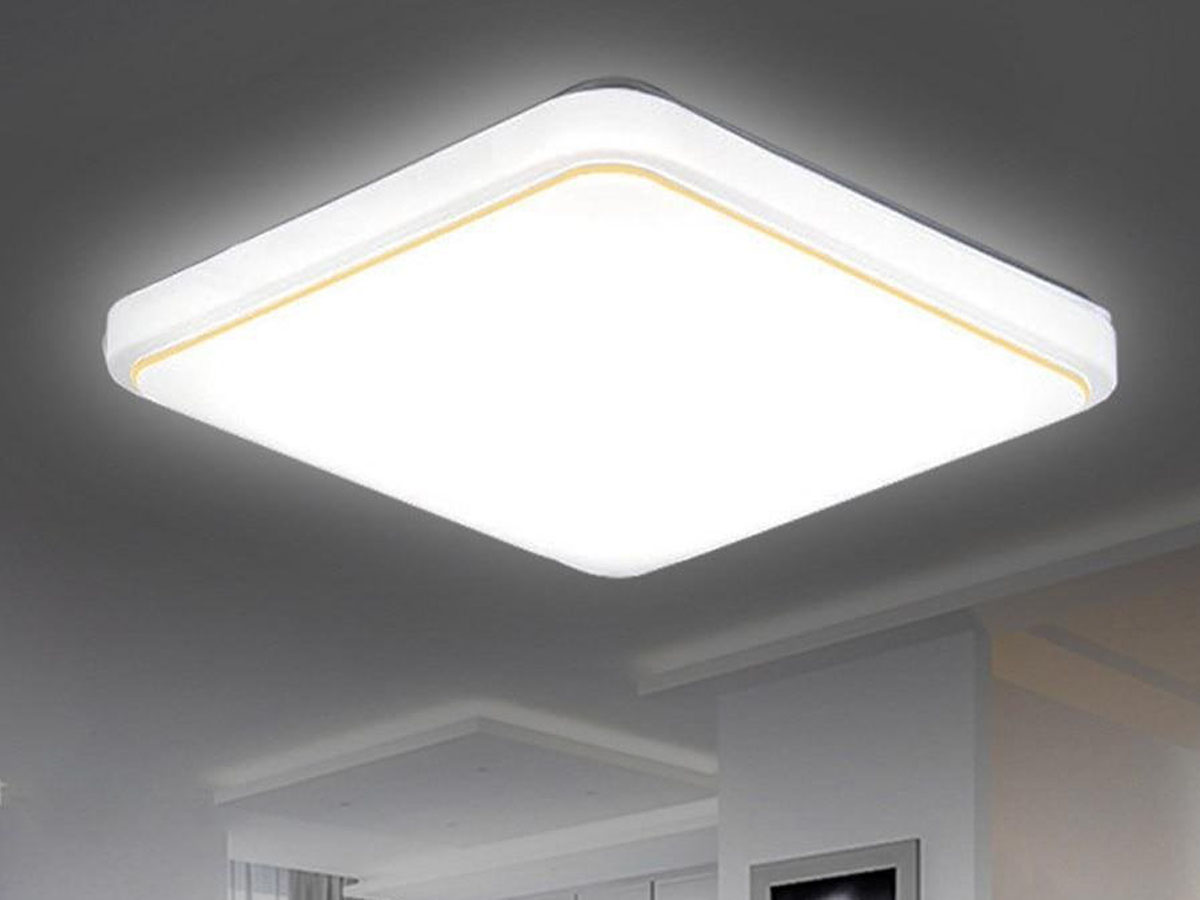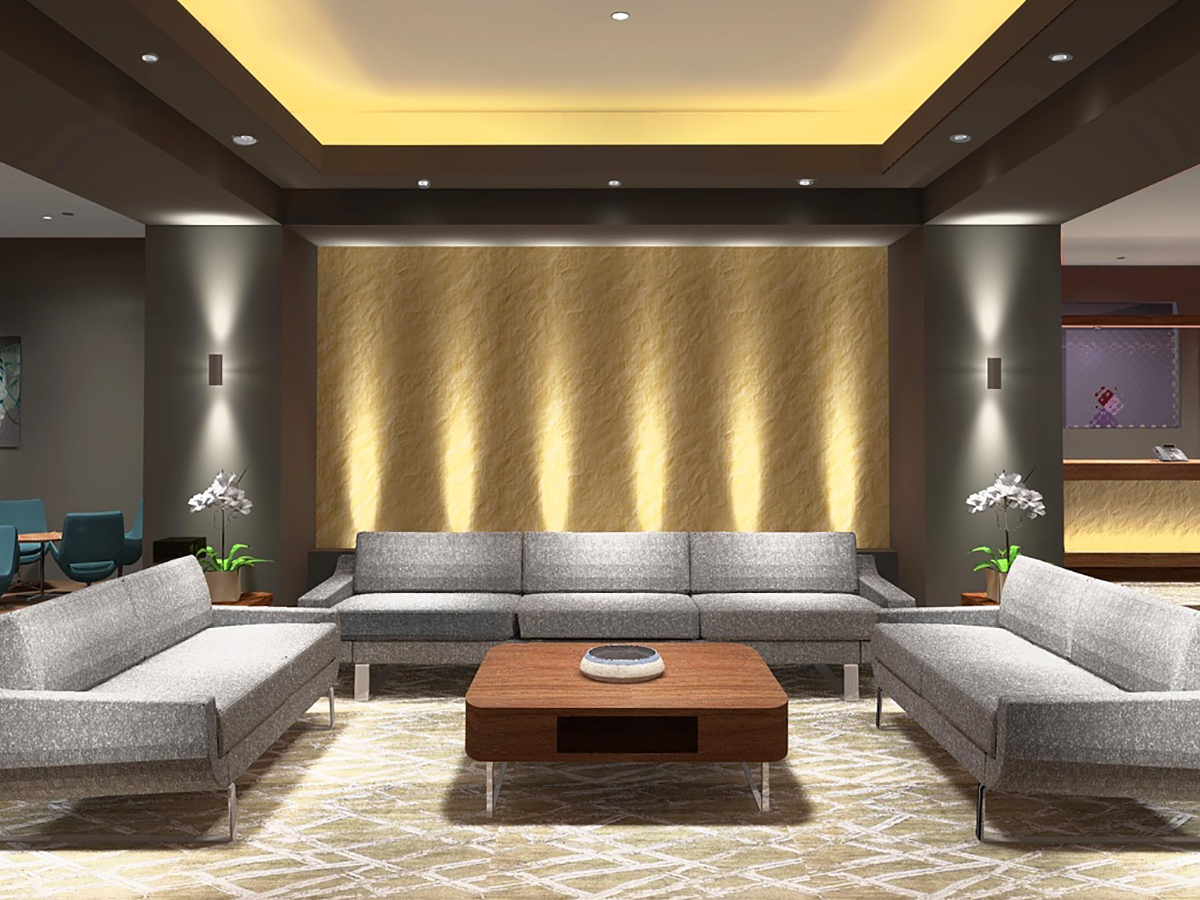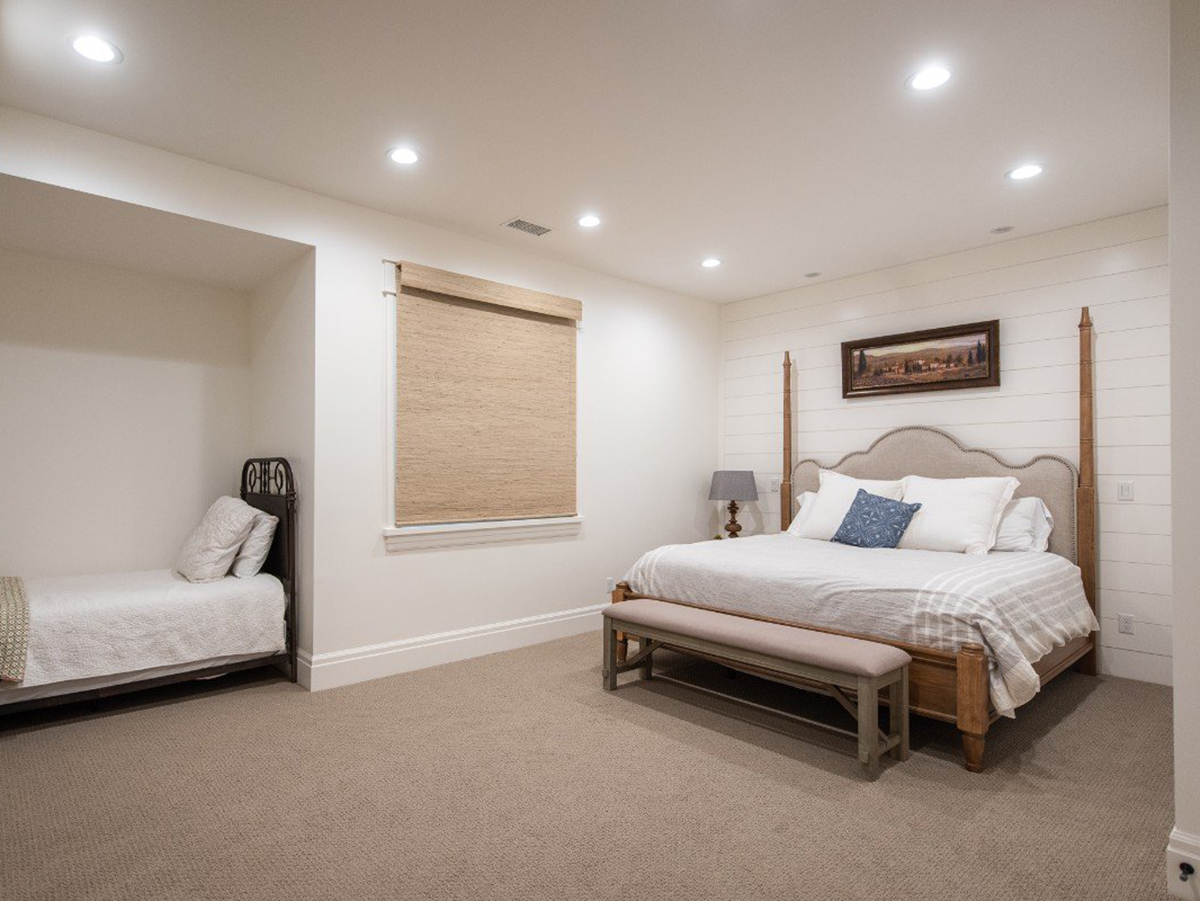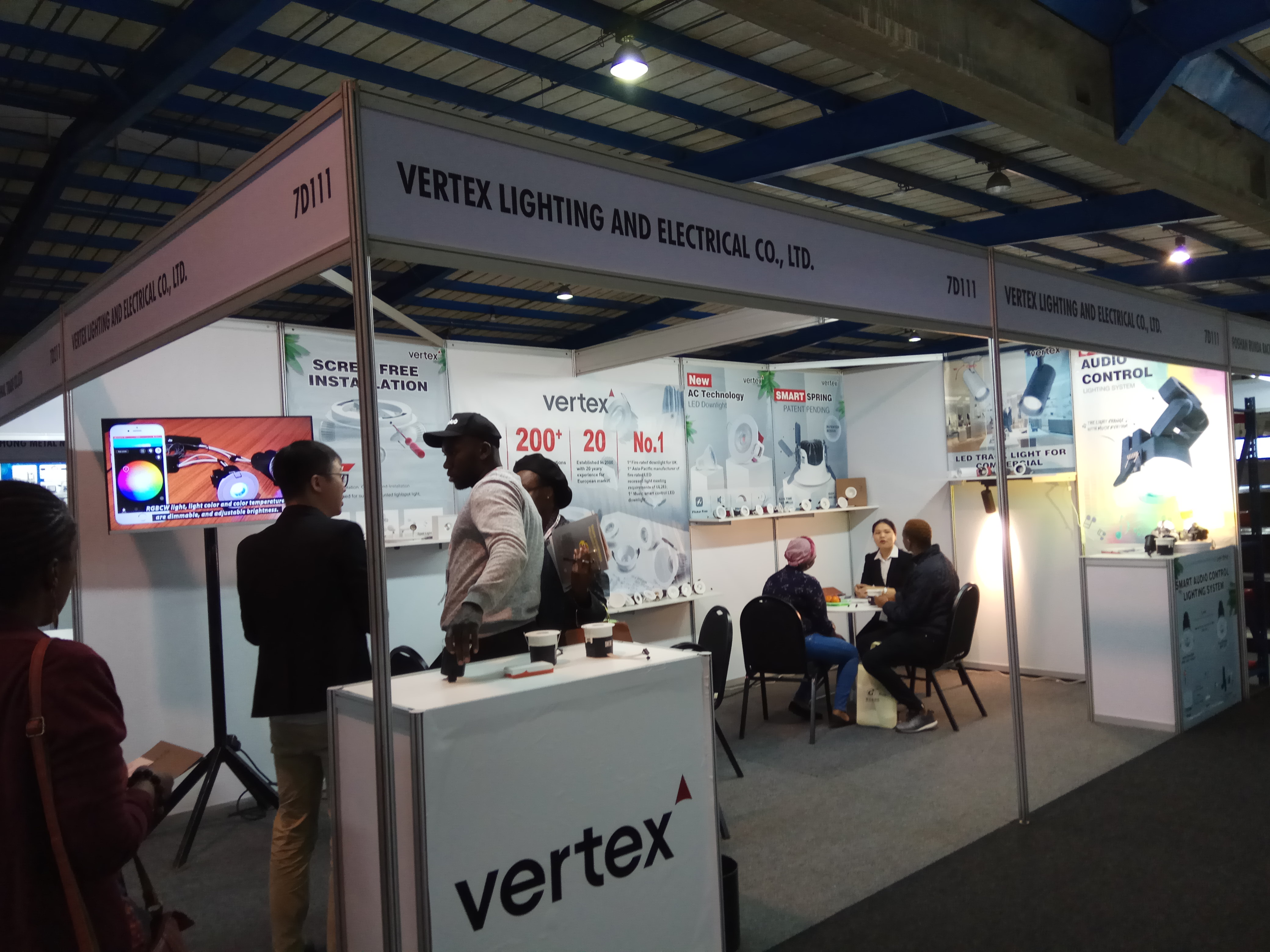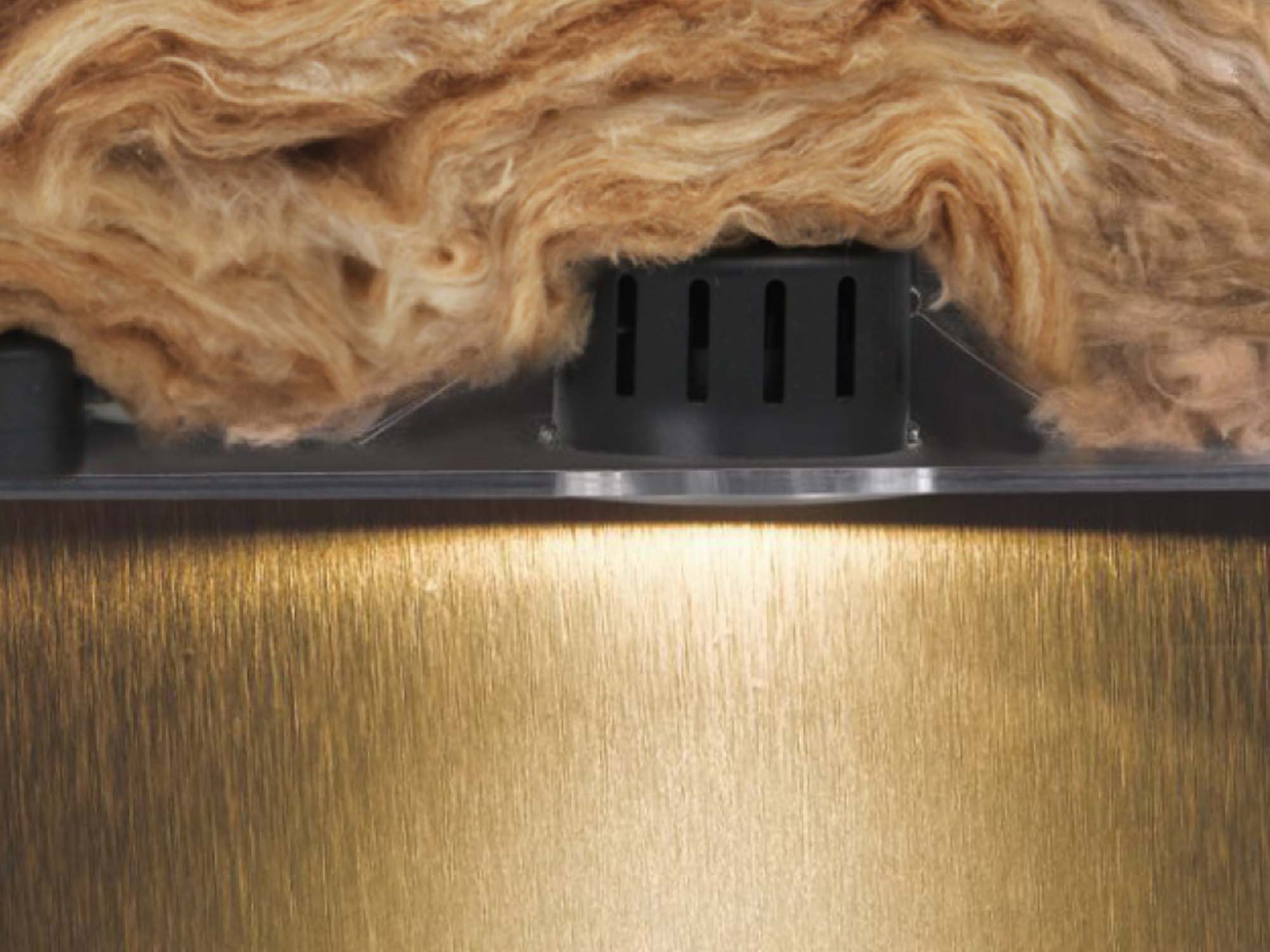When you start with the renovation of your house, you may get frustrated with the arrangement of the ceiling downlight lights, because the layout of the led downlights involves many aspects. And, the arrangement of ceiling downlights is a crucial task, because it makes a significant difference in the look and feel of any room. Thus, in this, post, the author will guide you in arranging the ceiling downlights.
Why the Arrangement & Position of Downlights are Important?
A good ceiling fixture can meet three key functions in a house ---- Illuminate a room, enable localized tasks, and create ambiance. And, downlights come in a range of colors, tones, and brightness. If you wrongly arrange and position downlights in your house, you may have a bad living experience in your house such as tripping over something, not seeing the TV, having severe eye strains, etc.
Halogen vs LED – Which downlight should I choose?
Before arranging and positioning the downlights, you should determine which type of downlights you use. When exploring the wide array of lighting options available today, two prevalent choices for downlights stand out: halogen and LED. And, you may wonder why led ceiling downlights are a better option. In the next paragraph, the author will answer this question.
While halogen bulbs often come at a lower initial cost compared to LEDs, the pricing of LEDs has significantly decreased in the last few years, making them more competitively priced. Despite the upfront investment, LEDs offer numerous advantages over halogen bulbs, rendering them more cost-effective:
●LEDs are extremely energy-efficient, generating significant savings on electricity bills. For example, the light output of a 50W halogen bulb is equivalent to that from an LED using only 6.5W
●LED lights are a good choice if you want to avoid light damage to paintings. They do not produce heat or UV radiation, which also makes them safe to touch
●LEDs are relatively robust, whereas halogen bulbs are extremely sensitive. The natural oils from the skin can cause them to malfunction.
What are Lumens and how many do I need?
For decades, the brightness of a bulb was measured in watts (W). This is because the brightness of a traditional incandescent bulb was directly related to its power consumption. Downlighters, however, along with most modern bulbs, do not follow this relationship.
Today, lumens has become the downlight measurement. It is the measurement unit used to quantify the amount of visible light emitted by a source, such as a light bulb or a lamp. In simpler terms, lumens measure the brightness of a light source as perceived by the human eye.
The lumens required to adequately illuminate an area depends on a number of factors:
●The needs of the room's users
●The size and shape of the room
●The height of the ceiling
●The color of the walls, flooring, and furnishings.
For example, a basic kitchen may require 400lm, but when a number of task areas are included, that could rise to 800lm. A hallway requiring sufficient light to see clearly as you pass through would need approximately 300 lm in total, and a seat used for reading may require as much 400 lm for that single area.
Tips: Before Arranging and Positioning Downlights
The electricity is dangerous. If you have any doubt about the arrangement and position of led ceiling down light, you had better consult a competent, registered electrician. By the way, all led ceiling downlights must be installed in accordance with local building regulations. The installation of led downlights must adhere to the latest IEE wiring regulations and current building regulations.
How do I Position of My Downlights?
If you are asking yourself how to position spotlights correctly then you have come to the right place. One or more downlights can be positioned to shed light on a specific spot within a room or a number of downlights can be combined to illuminate an entire room. How many lights you will need and where to position them needs careful thought to achieve the desired result.
For an approximate idea, allowing one downlight per 1.2m2 will provide high levels of lighting. To calculate numbers and spacing more precisely, you need to consider everything from the room’s decor to its intended usage.
Here are the key issues to bear in mind:
●Focal points
Which areas need more light than the rest of the room? Deal with these areas before anything else. If you are planning a lighting scheme for a bathroom, for example, your starting point should be the locations requiring extra brightness, such as above the wash basin. Once the downlights for this area have been arranged, the remaining downlights can be added around them.
●Ceiling edges
If you position downlights too close to a wall it will create shadows around the edge of the ceiling, which can make the room appear a bit gloomy and smaller than it actually is. To avoid this, incorporate a gap of approximately 75cm between the downlights and the edge of your ceiling. This will allow the light to spread and light up the whole room, making it appear well lit and spacious.
●Ceiling height
As light emanates from a recessed downlight it radiates downwards in the shape of a cone. Ideally, these cones of light should intersect above the floor, approximately 75cm above it. A higher ceiling, therefore, does not need additional downlights to produce a suitable pool of light, but it does require the individual bulbs to be powerful enough to produce sufficient brightness all the way down to the floor.
A common practice is to calculate the spacing between downlights by dividing the height of the ceiling by 2 and using the result as the separation distance. Of course, your final decision will take into account other factors, such as decor, room shape and the number and size of windows.
●Room usage
The intended use of a room is an essential factor when considering its lighting scheme. A room’s function dictates the position of any focal points and the general level of brightness required throughout. Unlike traditional lighting involving a single central pendant light plus additional table and standard lamps as required, LED downlights can be located strategically to assemble a lighting solution tailored to the precise needs of the room.
●Dimming
Dimmable downlights give you added control over your lighting, allowing you to adjust your light levels to suit your various needs. Dimming gives you the option of installing downlights that provide ‘too much’ light then reducing the lighting level manually as required – rather than attempt creating a single ‘ideal’ lighting level that will be fixed permanently. To avoid buzzing and possible damage to the bulbs themselves, select a ‘trailing edge’ dimmer rather than a ‘leading edge’ dimmer. If you require more information about these two types of dimmer, it can easily be found online.
To let you have a deeper understanding of the arrangement and positions of led ceiling downlights. The author would take the bathroom, living room, and kitchen as examples to give some advice.
How to Arrange & Position Led Ceiling Downlights in the Bathroom?
Truly effective bathroom lighting blends safety and practicality with relaxing aesthetics. Here are some advice to help you build up an effective lighting. First, led ceiling downlights can be installed above niches and shelving to prevent shadowy corners. Second, it is a good idea to use dimmable ceiling lights in the bathroom, because it helps create a tranquil ambiance when taking a relaxing bath, transforming the room. Third, to achieve a precise lighting effect, you can use some mirrors with one or two downlights to provide clear lighting to see your face for washing and shaving.
By the way, when you are arranging and positioning led ceiling downlights in the bathroom, you need to care about the electricity is used in a wet environment. There are strict regulations that must be followed. To understand these regulations, you must know about bathroom zones and IP ratings.
What Are Bathroom Zones and IP Ratings?
There are four zones in a bathroom: 0, 1, 2 and the Outside Zone. Each zone has specific requirements regarding how well protected a light fitting must be against moisture, as indicated by its IP rating. IP stands for Ingress Protection, and the degree of protection offered is denoted by two digits: the first refers to how dustproof it is (0 min. to 6 max.), the second refers to how waterproof it is (0 min. to 8 max.).
The four bathroom lighting zones are:
●Zone 0
Inside the bath or shower. Lights must be rated at least IP67.
●Zone 1
Above the bath or shower to a height of 2.25m from the floor. Lights must be rated at least IP45 (typically, IP65 is used).
●Zone 2
An area extending 60cm beyond the bath, shower and wash basin, up to 2.25m above the floor. Lights must be rated at least IP44.
●Outside Zone
Anywhere outside zones 0,1 and 2 where no water is likely to be present. Lights have no designated IP rating, though water-resistant fittings, such as IP65, are advisable to protect them from excessive steam and inadvertent splashes. This will ensure the light’s optimum performance and give you peace of mind.
How to Arrange & Position Led Ceiling Downlights in the Living Room?
The living room is where we unwind in the evening, relax with the family, entertain guests, play games and watch TV. It also tends to be the room where we hang paintings and display ornaments and photographs.
In this area, led downlights and ceiling spotlights for living room are good options. You can use ceiling spotlights for living room to emphasize artworks and photographs and display the contents of shelves and cabinets at their very best.
In tasks ares, led downlights are highly recommended. Using downlights for task lighting, such as for reading or when you're tackling paperwork, means you can achieve precisely the lighting levels you need without losing valuable space to floor lamps and cables.

Moreover, you can install dimmable ceiling lights to give the living room real character. Colour-variable bulbs enable you to create a number of moods to suit different occasions at the push of a button. On cold, dark winter nights, carefully composed lighting can transform a living room into a warm, cosy retreat. Add a dimmer switch to control the brightness of your downlights and you can switch from bright and fresh to subtle and snug at the turn of a dial.
During the arrangement and position process, you had better not use widely spaced downlights with narrow cones or you will create obvious and unattractive spots of light on the floor. Similarly, a narrow cone of light is ideal for task lighting as it will not encroach on other people in the room.
How to Arrange & Position Led Ceiling Downlights in the Kitchen?
Much more than just a place to cook, the kitchen has become a favourite place to eat, socialise and spend time as a family. All of these uses are greatly enhanced when the lighting is right. Thus, when you arrange led ceiling downlights in your kitchen you can choose some special types of kitchen ceiling lights. Black led ceiling lights can provide a great contemporary feel to your home. And, the antique style of kitchen downlights help built up a traditional style kitchen.
Food preparation, especially where slicing and dicing are involved, is easier and more enjoyable in bright, well-lit conditions. This requires careful consideration when positioning your downlights. A common mistake is to forget to include the people actually using the kitchen when calculating where the light will fall. You can't cook up a culinary masterpiece with a shadowy worksurface – so make sure you illuminate what you are doing, not the back of your head.
Then, you also need to take some additional functions of kitchen into consideration. When your family love chatting or relaxing with a cup of tea and biscuits in the kitchen, you may need to dimmable ceiling lights to create a comfortable atmosphere. However, if you're doing a jigsaw on the kitchen table, a brighter light would be a useful option.
When you start with positioning led ceiling downlights in the kitchen, you can combine spotlights over counters and islands with wide-angle downlights for more general areas. You also can group downlights above a table and even add a dash of color to add an extra ingredient to your kitchen's color scheme.
Last Though
Using ceiling led downlights is a revolutionary lighting solution, which significantly changed the way we light our homes. Long lasting, energy efficient, maintenance-free, and providing a pure quality of light that is considerably more attractive than other energy-saving alternatives.
Then, if you want to experience the benefits of ceiling led downlights in your properties, please contact us! We are a professional manufacturer of led downlights.
